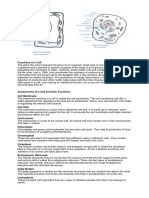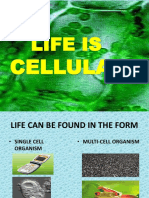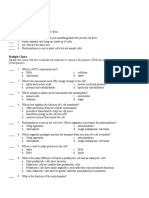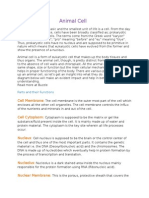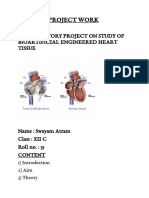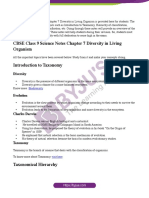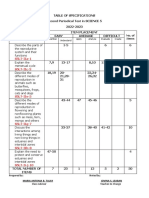0% found this document useful (0 votes)
26 views4 pagesScience
The document provides an overview of cells, defining them as the basic unit of life discovered by Robert Hooke in 1665. It describes the structure of cells, including the plasma membrane, cytoplasm, and nucleus, as well as the functions of various organelles. Additionally, it highlights the differences between plant and animal cells, including the presence of a cell wall and vacuoles.
Uploaded by
akhilajmerCopyright
© © All Rights Reserved
We take content rights seriously. If you suspect this is your content, claim it here.
Available Formats
Download as DOCX, PDF, TXT or read online on Scribd
0% found this document useful (0 votes)
26 views4 pagesScience
The document provides an overview of cells, defining them as the basic unit of life discovered by Robert Hooke in 1665. It describes the structure of cells, including the plasma membrane, cytoplasm, and nucleus, as well as the functions of various organelles. Additionally, it highlights the differences between plant and animal cells, including the presence of a cell wall and vacuoles.
Uploaded by
akhilajmerCopyright
© © All Rights Reserved
We take content rights seriously. If you suspect this is your content, claim it here.
Available Formats
Download as DOCX, PDF, TXT or read online on Scribd
/ 4














